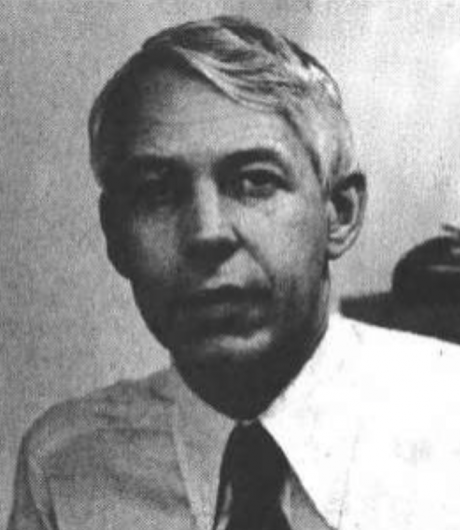
Richard Strauss, a former wrestling team physician and an assistant professor of medicine, is being investigated by Ohio State on allegations of sexual misconduct. Credit: Lantern file photo
Failure to stop Richard Strauss from abusing 177 students cannot be blamed on any one person at Ohio State, but it could have been prevented had someone in university leadership at the time stepped forward.
President Michael V. Drake and Executive Vice President and Provost Bruce McPheron said that the blame for Strauss’ perpetuated abuse is “broad and consistent throughout” the university at the time of the abuse.
“A different action by maybe one person could have changed the course of this entire event,” McPheron said.
Drake and McPheron spoke after the release of a $6.2 million independent investigation into Strauss’ behavior. The report, released Friday, indicated that several university employees were aware of Strauss’ abuse but did nothing to stop it.
“Multiple people over multiple years failed to meet their minimum responsibility,” Drake said.
Six witnesses, who were on staff in the Athletics Department, reported concerns about Strauss to Dr. John Lombardo, Ohio State’s medical director and head team physician, the report stated. The investigators found documentation from July 1996 in which Lombardo indicated he had heard “rumors” about Strauss “for some time,” but he did not act because no student-athlete had reported abuse directly to him.
Lombardo declined to be interviewed for the investigation. Drake said that Lombardo is one of the people who did not meet their minimum responsibility, and he invited Lombardo to speak for himself.
“He’s chosen not to [come forward], and that’s his choice, but I think there are questions that he might be able to help answer,” Drake said.
University spokesman Ben Johnson said in an email one person identified in the report is still employed at Ohio State, but the university declined to identify who that is.
“We continue to review the report and will take additional action through our normal [human resource] process, as appropriate,” Johnson said.
Strauss’ emeritus status has been revoked posthumously in light of the findings of the investigation, Drake said.
McPheron said that he is “profoundly sorry,”, while Drake added that Strauss’ behavior is “regrettable and inexcusable.”
Drake said he hopes to use the findings of this report to make the university even safer for all students.
“This issue was a place where the university fell short of its responsibilities to our students,” Drake said. “We will go forward as we digest the report to do all that we can to be appropriate.”
Ohio State released a redacted version of the investigation’s findings, although it sought to release the full version to the public. The redacted information in the report comes from a 1996 state medical board probe into Strauss, and a federal court deemed it “confidential information”.
“When we began the investigation a year ago, we said that we wanted to find out what had happened, and who knew what at the time, and how they had responded,” Drake said. “I think the report did an incredible job of that. That message is most clear in the full report, and that is why we advocated for the full report to be released.”
The university will continue to pursue the release of the full report, according to Chris Culley, general counsel for Ohio State.
The report has been handed over to Columbus law enforcement for further review, Drake said. McPheron said Ohio State had been cooperating with the police department since the beginning of the investigation.


